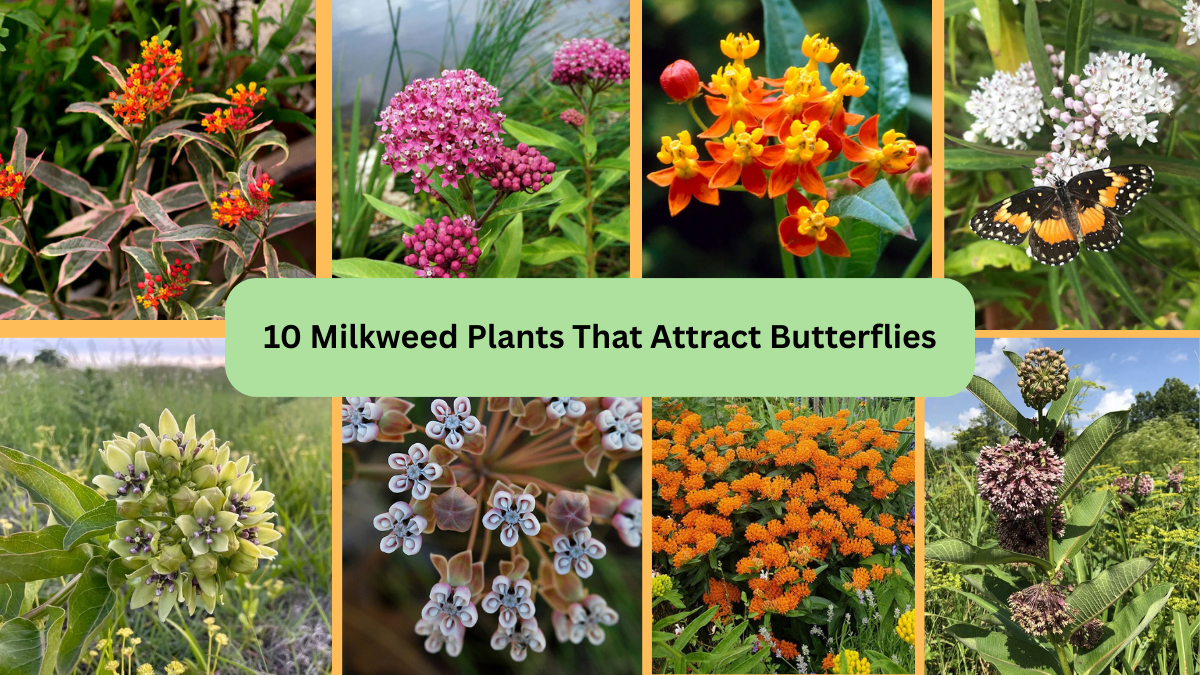Butterflies are one of nature’s most enchanting pollinators, adding beauty and movement to any garden. If you’re hoping to turn your yard into a butterfly haven, planting milkweed is one of the best things you can do. Known scientifically as Asclepias, milkweed plants serve as the primary food source for monarch butterfly caterpillars and a nectar-rich stopover for adult butterflies of all kinds.
With over 100 species to choose from, milkweed isn’t just great for wildlife it also adds color, texture, and resilience to your garden beds. Below, you’ll discover 10 milkweed plants that attract butterflies and transform your outdoor space into a pollinator paradise.
1. Asclepias tuberosa (Butterfly Weed)
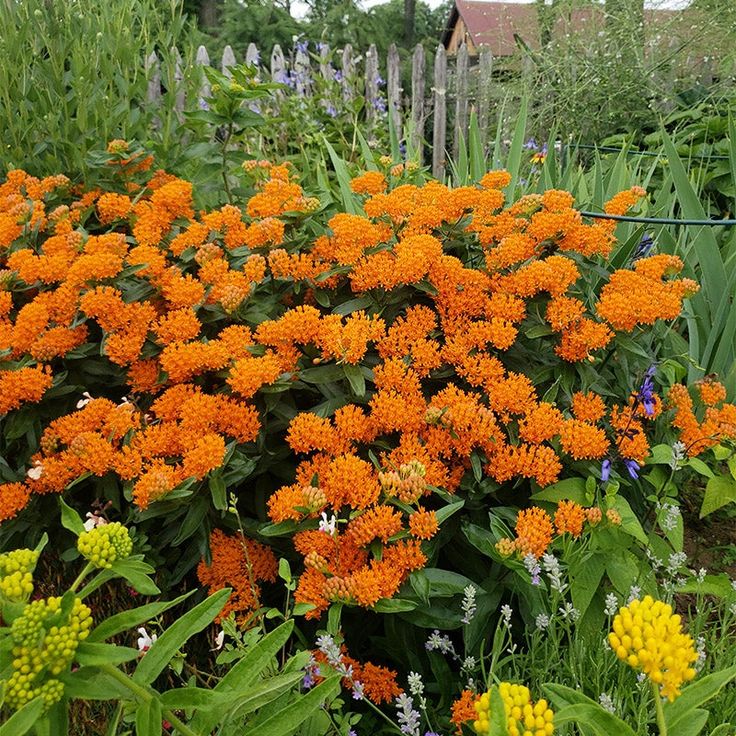
Bright and cheerful, Butterfly Weed is one of the most popular milkweed varieties for attracting butterflies. Its vivid orange flowers bloom from early summer to fall and provide abundant nectar for monarchs, swallowtails, and other pollinators. Unlike other milkweed species, Asclepias tuberosa has little to no milky sap, making it less messy and easier to maintain. It thrives in full sun and well-drained soil, tolerating drought and poor conditions with ease. This native perennial is also deer-resistant and a stunning addition to sunny borders and wildflower gardens.
2. Asclepias syriaca (Common Milkweed)
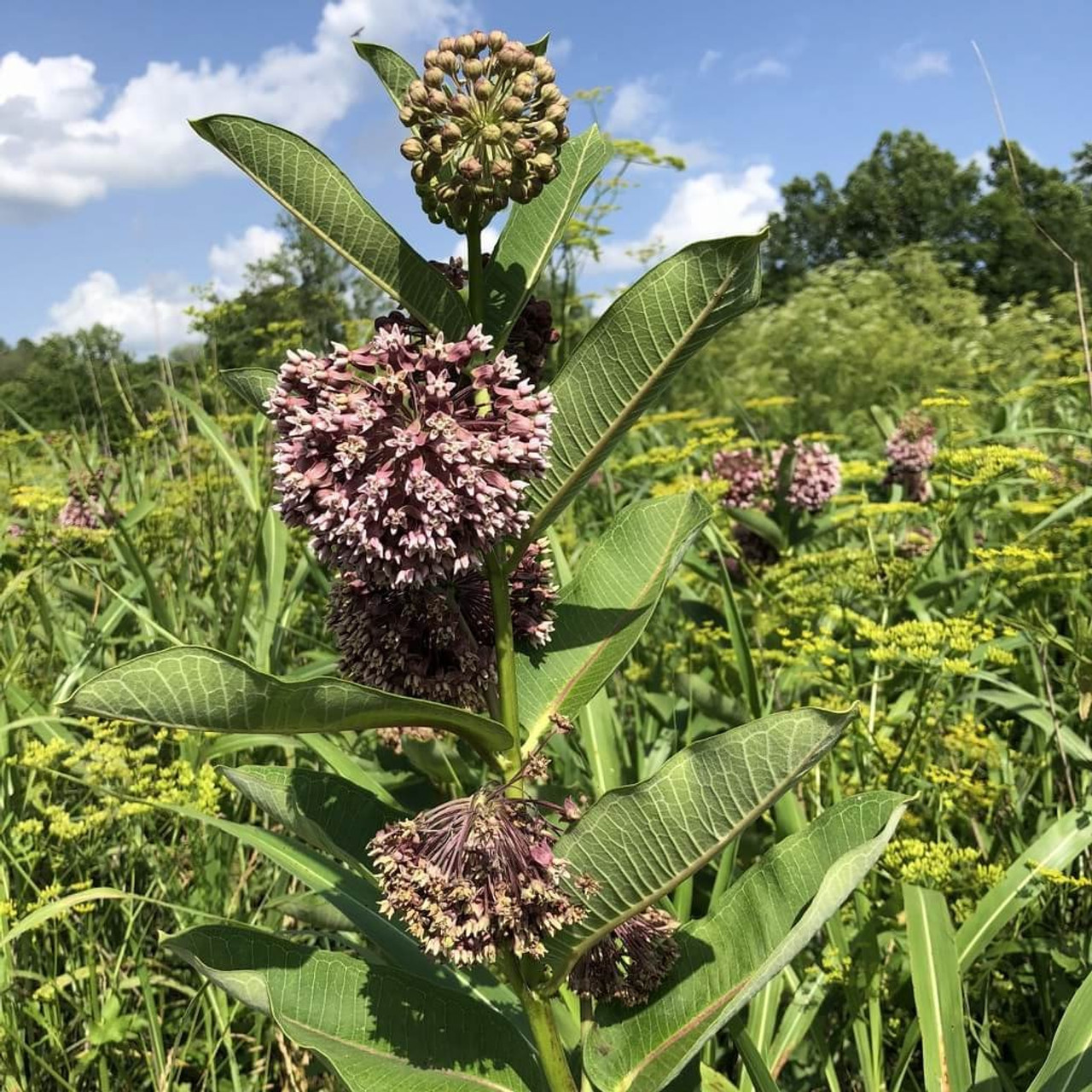
Perhaps the most famous milkweed species, Common Milkweed is crucial to the monarch butterfly lifecycle. Its large, ball-shaped clusters of soft pink flowers emit a sweet fragrance that attracts a variety of pollinators. The broad, velvety leaves serve as essential food for monarch caterpillars. Hardy and low-maintenance, Asclepias syriaca spreads by rhizomes, making it ideal for naturalized areas and meadows. It performs best in full sun and adapts well to various soil types, making it a staple in pollinator-friendly landscapes.
3. Asclepias incarnata (Swamp Milkweed)
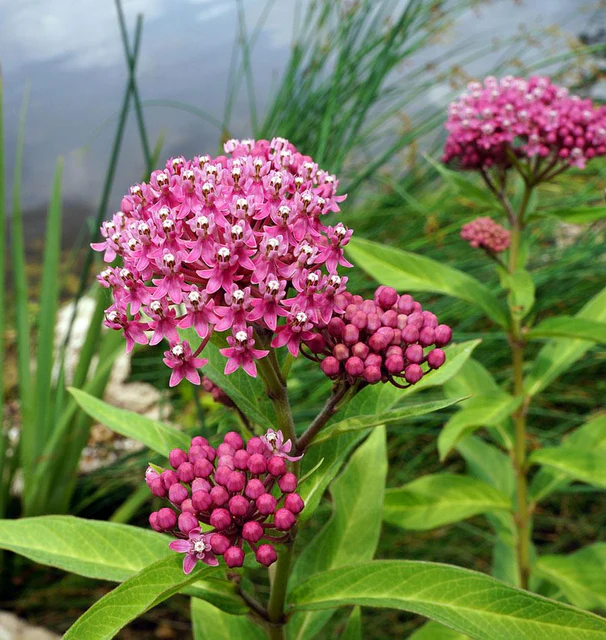
Perfect for damp or poorly drained areas, Swamp Milkweed thrives near ponds, rain gardens, and low-lying spots. Its clusters of pink to mauve flowers bloom in mid-to-late summer, offering rich nectar for butterflies, bees, and hummingbirds. Monarch caterpillars happily feast on its slender, lance-shaped leaves. Asclepias incarnata is more refined in appearance compared to Common Milkweed and is well-behaved in garden beds. It prefers full sun to part shade and moist soil but can tolerate brief dry spells once established.
4. Asclepias curassavica (Tropical Milkweed)
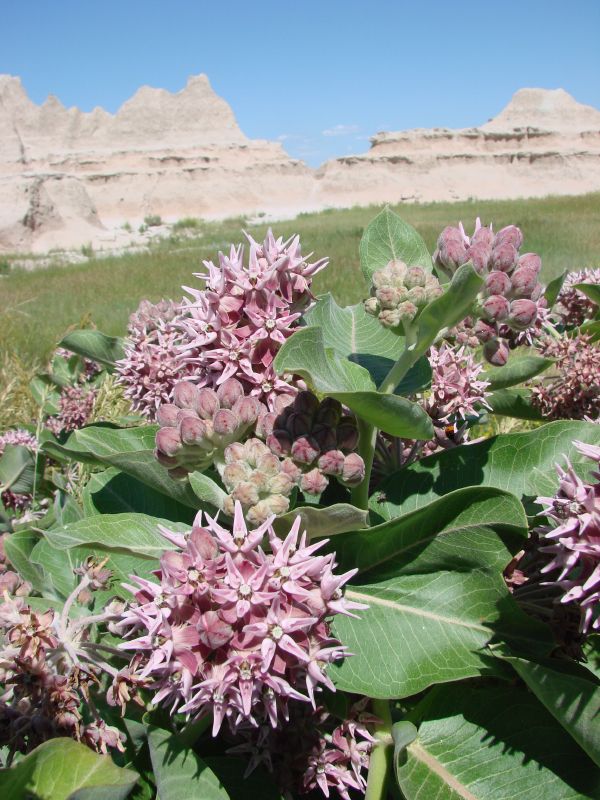
A favorite in warmer regions and container gardens, Tropical Milkweed offers eye-catching clusters of bright red and yellow flowers that bloom nearly year-round in frost-free areas. Its rich nectar attracts butterflies like a magnet, and its foliage serves as a monarch caterpillar host plant. While beautiful, Asclepias curassavica should be cut back in late fall in mild climates to prevent disrupting monarch migration patterns. It thrives in sunny locations with well-drained soil and works wonderfully in butterfly gardens, borders, or patio pots.
5. Asclepias speciosa (Showy Milkweed)
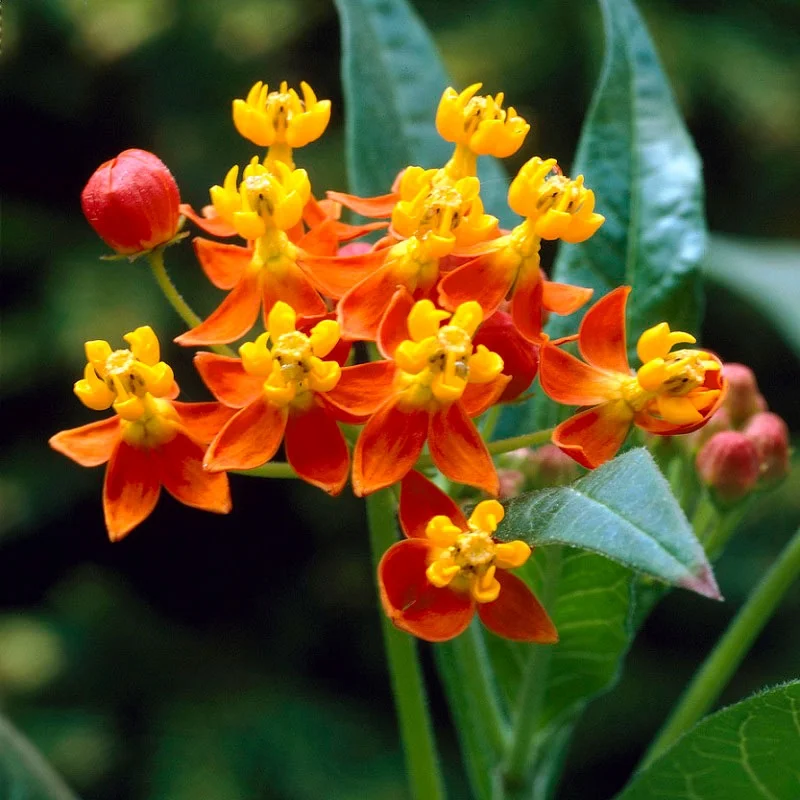
With its large, pale pink flower clusters and velvety, silver-green leaves, Showy Milkweed lives up to its name. This North American native blooms in early to mid-summer, offering nectar for butterflies and essential foliage for monarch caterpillars. It’s especially well-suited for prairie plantings, meadows, and native plant gardens. Asclepias speciosa prefers full sun and tolerates drought conditions, making it a hardy option for eco-friendly landscapes. Its striking appearance and ecological value make it a must-have for butterfly enthusiasts.
6. Asclepias viridis (Green Milkweed)
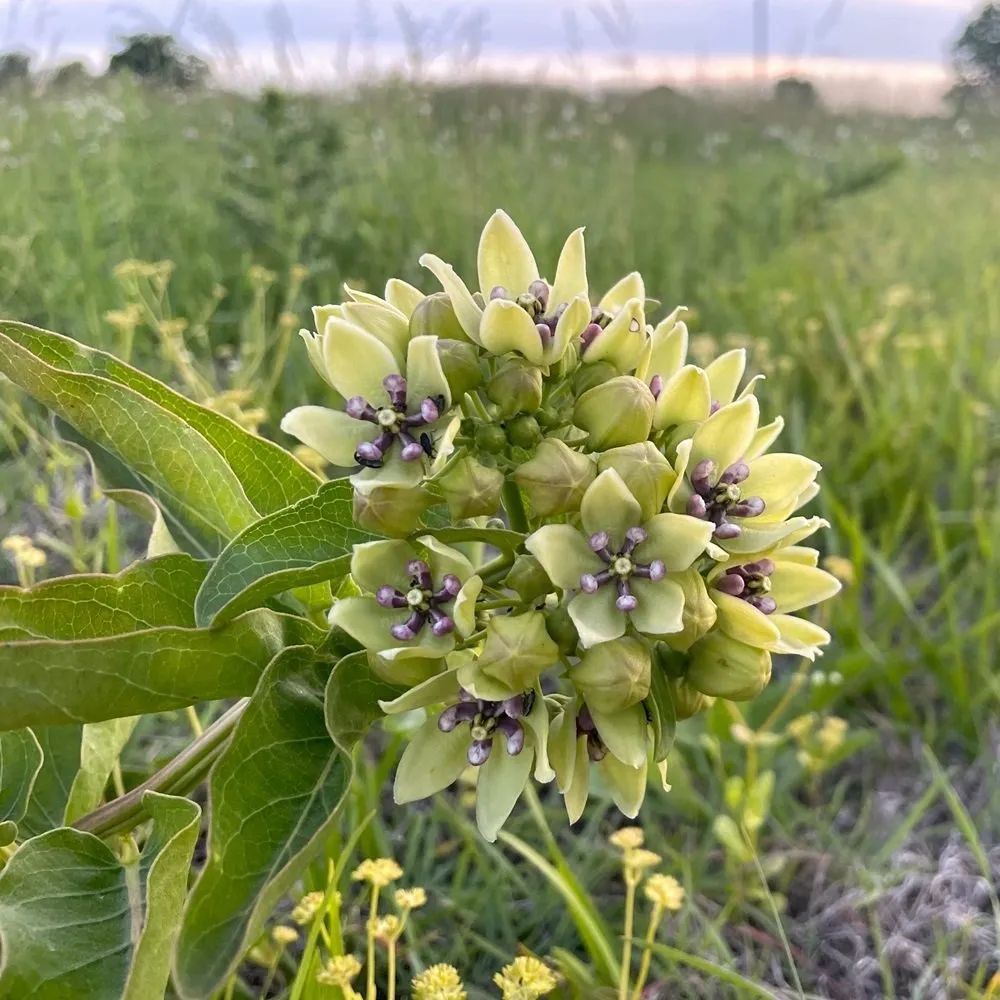
Also known as Green Antelopehorn Milkweed, this species features unique greenish-white flowers with purple highlights. It’s an early bloomer, often flowering in late spring before many other milkweed species, providing an essential nectar source for migrating butterflies. Its broad, lance-shaped leaves make a tasty treat for monarch caterpillars. Asclepias viridis thrives in dry, sandy, or rocky soils in sunny locations, making it perfect for xeriscapes and wildflower gardens in southern and central U.S. regions.
7. Asclepias asperula (Antelope Horn Milkweed)
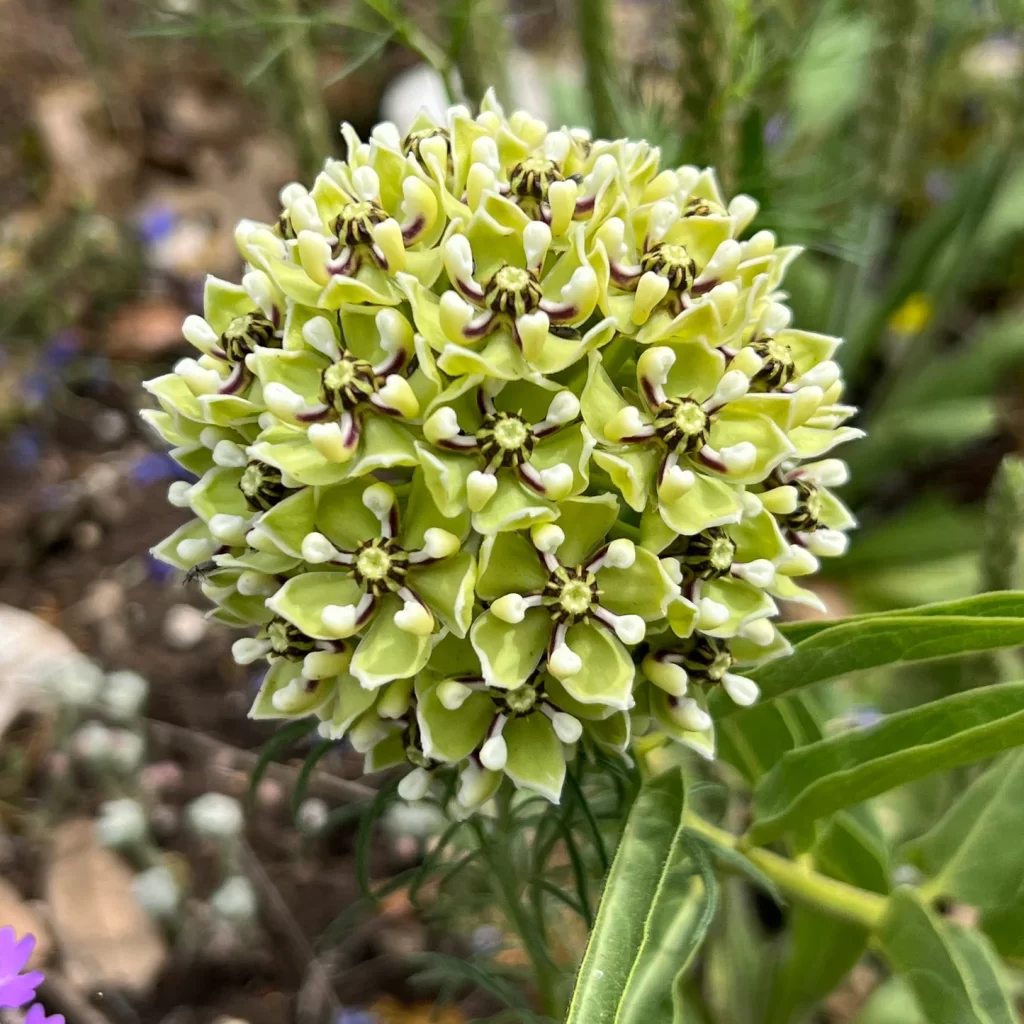
With its fascinating, horn-like seed pods and striking flower clusters of pale green petals with maroon centers, Antelope Horn Milkweed is both visually intriguing and butterfly-friendly. Native to the southern United States, it provides nectar for adult butterflies and serves as a critical host plant for monarch caterpillars. Asclepias asperula prefers dry, well-drained soils and full sun and often thrives in prairies, open fields, and roadside areas. Its unique aesthetic adds a wild, naturalistic touch to pollinator-friendly gardens.
8. Asclepias fascicularis (Narrowleaf Milkweed)
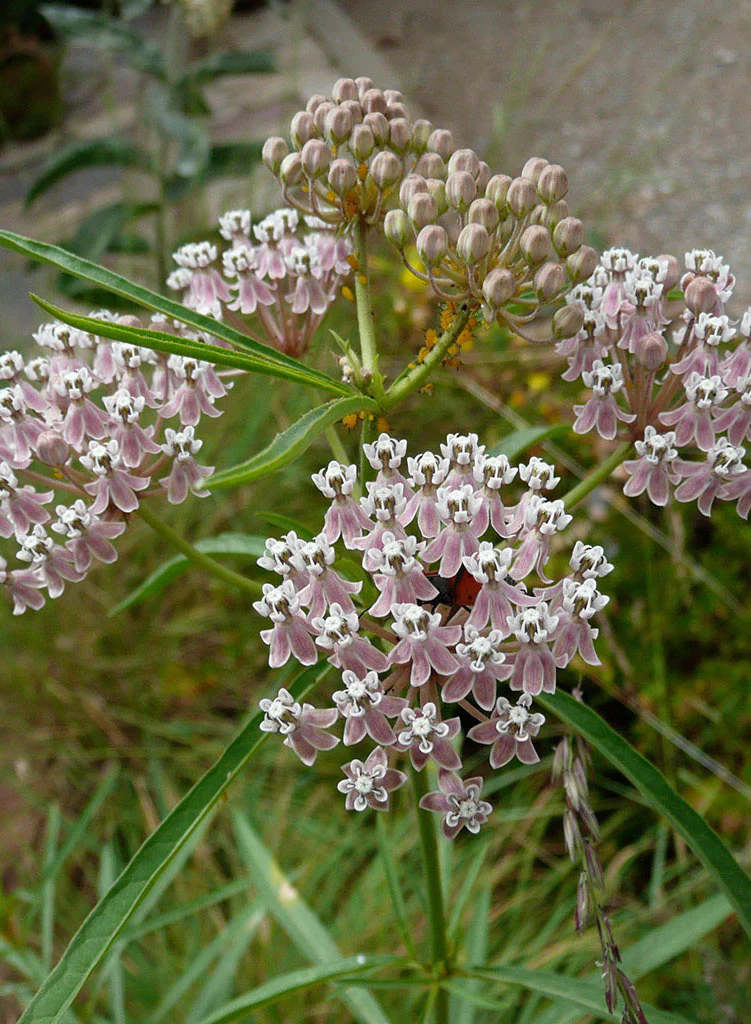
Ideal for western U.S. gardens, Narrowleaf Milkweed boasts slender, upright stems adorned with narrow leaves and delicate clusters of pale pink to lavender flowers. It blooms from late spring through summer, attracting swarms of butterflies and pollinators. Monarch caterpillars eagerly munch on its foliage, making it a vital part of their breeding habitat. Asclepias fascicularis adapts to dry, sandy soils and thrives in sunny areas, offering gardeners a drought-tolerant, low-maintenance plant with ecological benefits.
9. Asclepias perennis (Aquatic Milkweed)

If you have a pond, streamside, or consistently wet area in your garden, Aquatic Milkweed is the perfect choice. This lesser-known milkweed species produces clusters of delicate white to soft pink flowers from spring to summer. It attracts butterflies, especially monarchs, which lay eggs on its leaves. Asclepias perennis prefers part shade to full sun and moist, fertile soils, making it an excellent addition to rain gardens or water-wise landscapes with intermittent flooding.
10. Asclepias humistrata (Sandhill Milkweed)
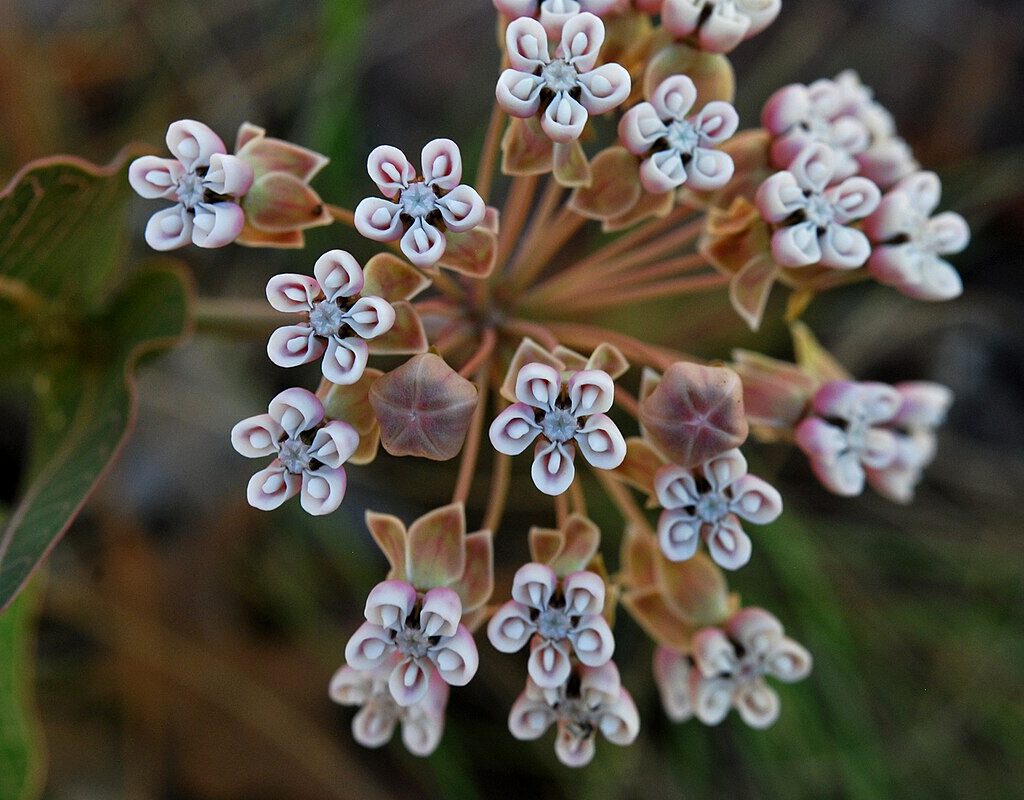
A standout species for sandy, well-drained soils, Sandhill Milkweed dazzles with large, pale pink flower clusters and broad, pale green leaves tinged with purple. It blooms in early summer and serves as both a nectar plant for butterflies and a host for monarch caterpillars. Native to the southeastern United States, Asclepias humistrata thrives in dry, open woodlands, sandhills, and scrub habitats. It’s an ideal choice for native plant enthusiasts and wildlife gardeners looking to diversify their butterfly-friendly plant palette.
